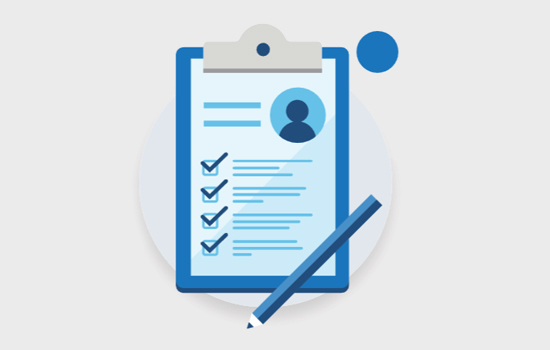At ResMed, we have solutions for throat snorers with and without obstructive sleep apnea. This includes mild to moderate OSA as well as more severe cases of OSA.
If your patient’s AHI levels fall between 5 and 30, ResMed offers a full range of CPAP (Continuous Positive Airway Pressure) therapy options. MRDs are a clinically-proven alternative to CPAP therapy for snorers with mild to moderate OSA. 3,4,5 They have higher levels of acceptance, so users are less likely to drop out of treatment.4 Among regular users, they are almost as effective as CPAP in reducing AHI levels.6
If your patients’ AHI levels are over 30, you’ll no doubt recommend Positive Airway Pressure (PAP) therapy as a first choice. There are different types of PAP therapy, including:
ResMed has a full range of masks, devices and accessories to make PAP therapy as comfortable and non-intrusive as possible.
Evaluating the efficacy and compliance of the Narval CC MRD: that is the purpose of the ORCADES study, the largest multicentre trial of patients with obstructive sleep apnea-hypopnoea syndrome (OSAHS) who are being treated with a custom-made MRD. The ongoing study follows 369 patients over a period of 5 years.1 158 patients – 43% of the study participants – have severe OSAHS (AHI>30).

.jpg)
ResMed offers a range of effective treatment options for OSA, including CPAP, APAP, bilevel therapy and oral appliance therapy.

Adaptive servo-ventilation (ASV)* is an appropriate choice for treating most of these more complex patients.

Featuring wireless
connectivity, ResMed’s sleep and respiratory care devices transmit patient therapy data to AirView, for remote monitoring and customised settings.
Vecchierini MF & al. A custom-made mandibular repositioning device for obstructive sleep apnea-hypopnoea syndrome: the ORCADES study. Sleep Med. 2016 Mar;19:131-40. doi: 10.1016.
Vecchierini MF & al. A custom-made mandibular repositioning device for obstructive sleep apnea-hypopnoea syndrome: the ORCADES study. Sleep Med. 2016 Mar;19:131-40. doi: 10.1016.
Lim et al. Oral appliances for OSA. Cochrane Database of Systematic Reviews 2009, Issue 3.
Practice Parameters for the Treatment of Snoring and Obstructive Sleep Apnea with Oral Appliances: An Update for 2005, AASM report, Sleep 2006;29(2): 240-243, US Guidelines.
Non-CPAP therapies in obstructive sleep apnea, ERS task force. Eur Respir J. 2011 May;37(5):1000-28, Systematic Review. Recommendations (European).
B. Fleury et al. OSAHS treatment with mandibular advancement oral appliance. Rev Mal Respir. 2010 Oct;27 Suppl 3:S146-56. Systematic Review. Recommendations (France).
Vanderveken OM. Objective measurement of compliance during oral appliance therapy for sleep-disordered breathing. Thorax. 2013 Jan;68(1):91-6.